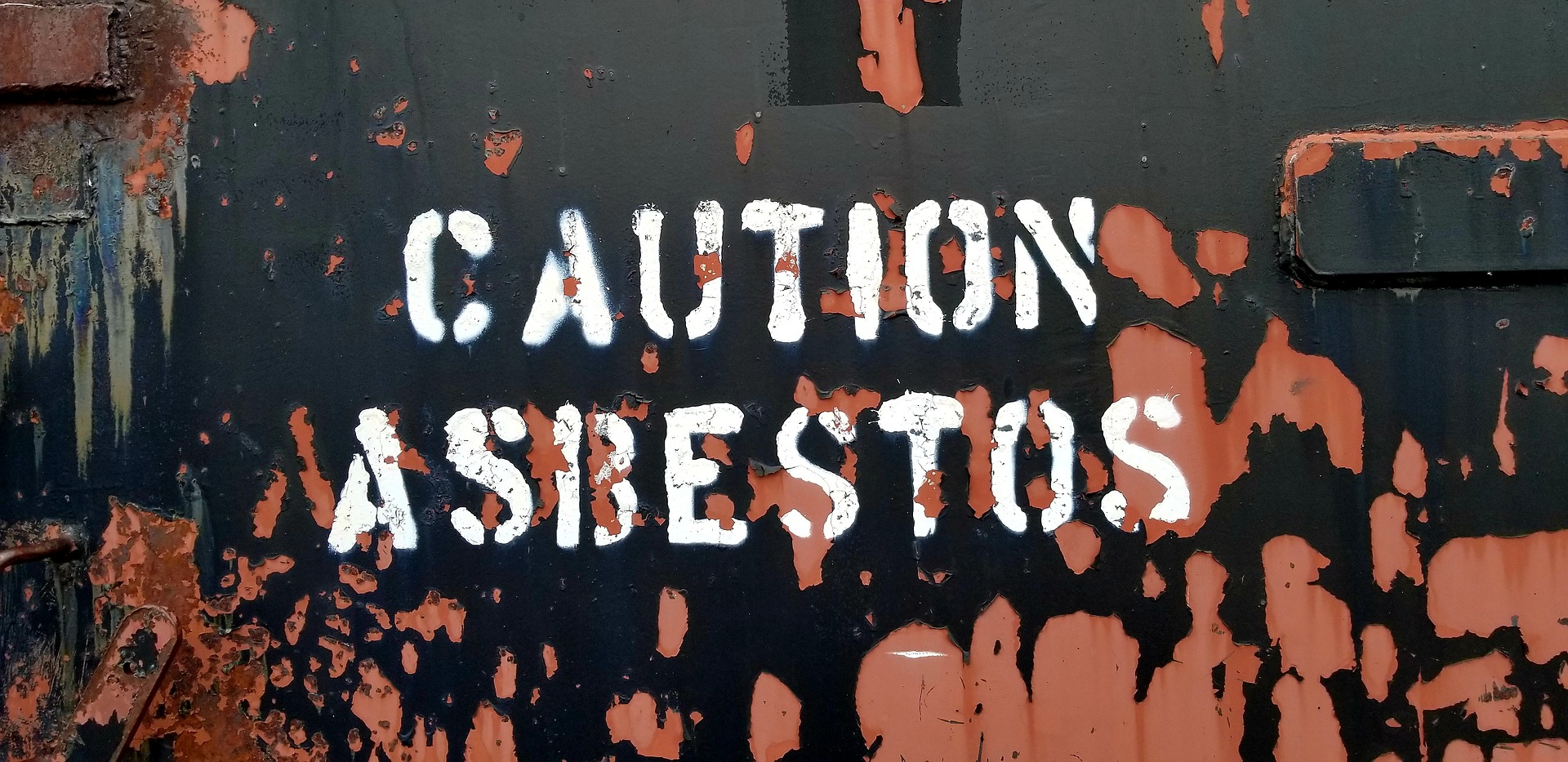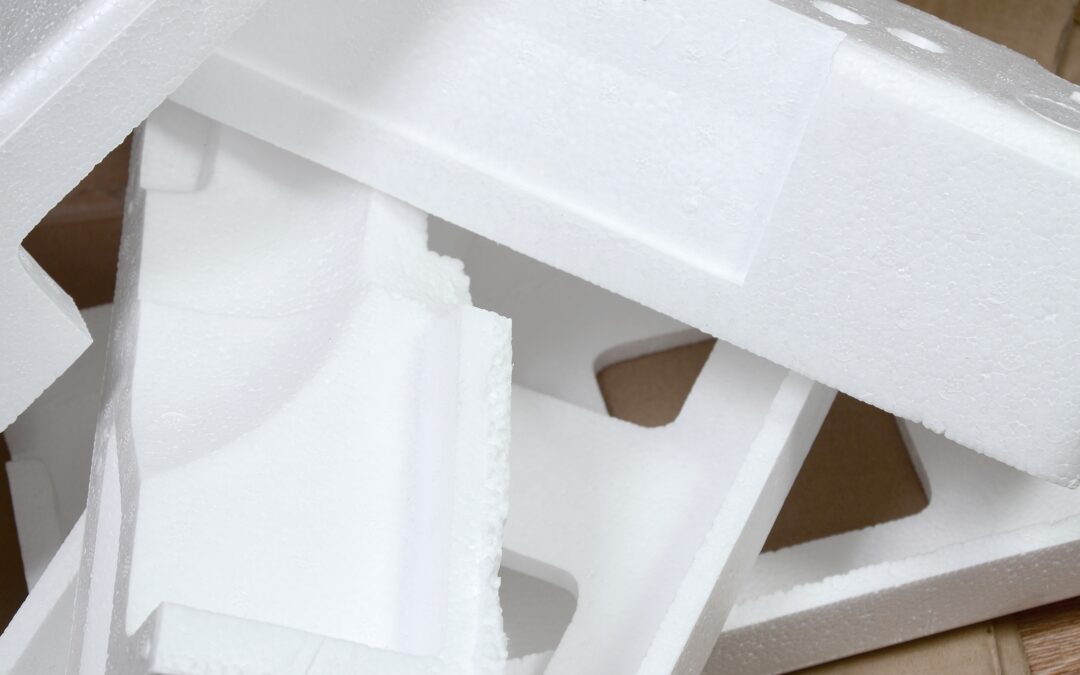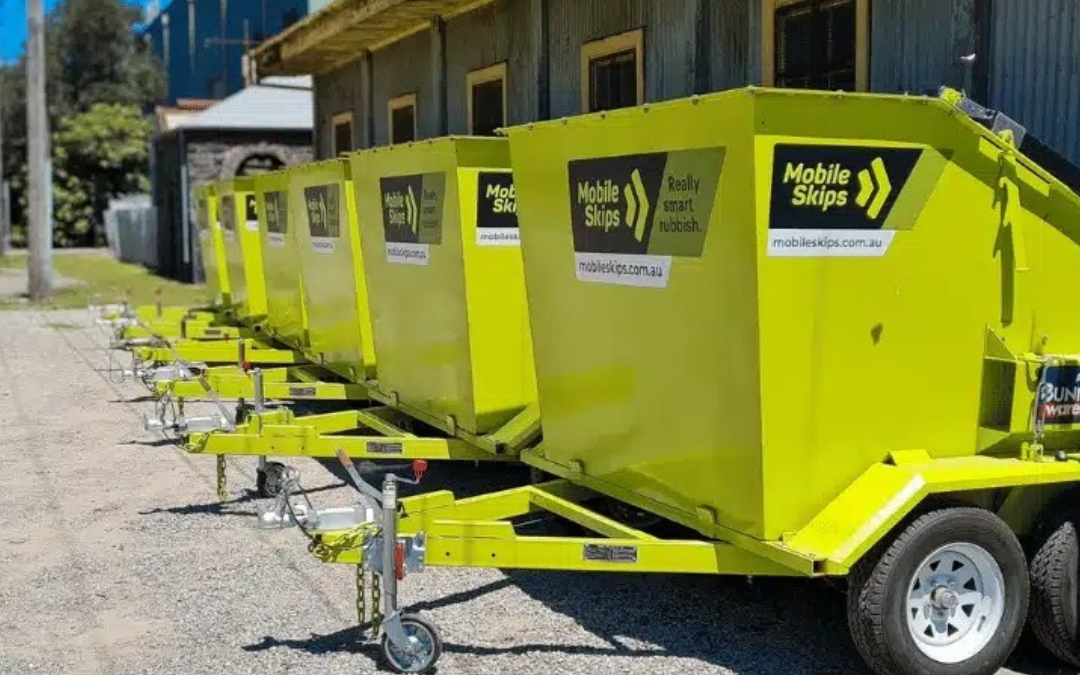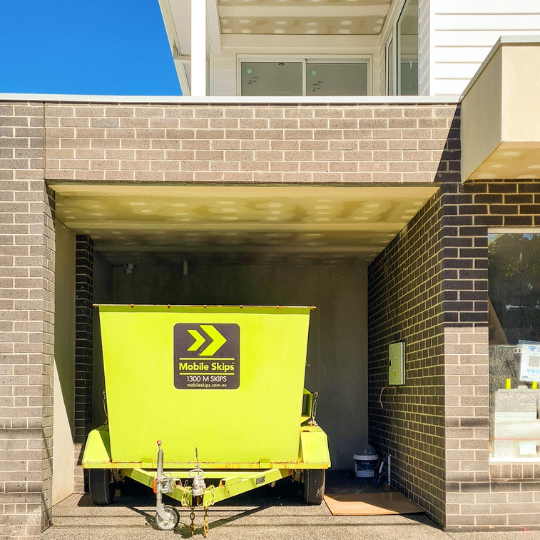Australians have set examples for the rest of the world in their waste management techniques. Whether it is recycling or safe disposal techniques, Australia is at the forefront of reducing landfill waste. While efforts for recycling have increased, the amount of hazardous waste generated has also increased.
Hazardous waste is are potentially the most damaging to human, animal and plant life. They don’t just threaten current life but also manage to endanger future generations. Disposing of hazardous waste safely is the only way we can ensure that it doesn’t harm us.
There are some recycling techniques and programs available for hazardous waste. As responsible citizens of the planet, we should do our bit to protect the environment. Read on to find out everything about safely disposing of hazardous waste.
What is Hazardous Waste?
Before we learn how to dispose of hazardous waste safely, we should adequately identify the hazardous waste. Hazardous waste is toxic elements that are generated from the hospital, industrial, or household processes. These wastes are dangerous because they can be inflammable, corrosive, reactive or explosive when exposed to various environmental factors.
With an increase in industrial and commercial technology, more and more hazardous waste is generated each day. If we let this waste accumulate, it might endanger humans, animals, and, most importantly, our plant life. If we don’t realise the potential impact of hazardous waste, we will be ruining the future generation’s survival chances.
How is waste handled in Australia?
Every year Australia generates around 48 million tons of solid waste. The country handles this large amount of destruction through its 2846 waste management facilities. There are various types of facilities created to manage and treat the waste generated. We will discuss the three main ones.
1. Resource Recovery Facilities
Resource recovery stations are designed to separate and process different types of waste systematically. Waste separation is done by a variety of methods including using thermal, mechanical and biological technologies. Statistics show that the country has diverted a large part of their resources into waste management. In turn, it has led to the country recovering or recycling around 60% of the generated waste.
The main categories of resource recovery facilities include:
- Alternative Waste Treatment facilities (AWT)
- Thermal Waste Technologies
- Recycling facilities
- Material Recovery Facilities (MRF)
- Garden Organics Processing facilities
2. Transfer Station
Transfer stations are monumental in the waste chain. It is in these stations that waste is collected to be transported elsewhere. Many times, waste is compacted in these stations to help for better transport. Transport of the waste is done in freight containers, specific purpose vehicles and long haul machines.
Australia has around 872 transfer stations in working condition. These stations are vital, and each one has a varied level of complexity to it. The government has also launched a grassroots effort. It is done to make sure that smaller towns and villages have appropriate access to waste disposal facilities.
3. Landfills
Landfills are integral to the waste disposal effort of the government. Around 40% of Australia’s waste is managed in landfills. The cost of disposing of waste in landfills is considerably lower than other means of waste disposal and used the maximum. Mixed waste is especially dumped in these landfills.
Every landfill varies in size depending on the location for the same. Some are small trench-based facilities that can only take up to 1000 tonnes a year. Other landfills can be well planned and extremely large that take up to 100,000 tonnes of waste a year. Statistics show that 75% of waste disposal is done in these large landfills.
Need for safe disposal of hazardous waste
If you look around you, you will find at least ten things that will be considered hazardous waste. Big companies, like manufacturing industries and construction practices, generate most of the dangerous waste in Australia.
If hazardous waste enters the solid waste stream, it can contaminate over 40 million tonnes of waste. Between 2018 and 2019, Australia generated over eight million tonnes of hazardous waste. Out of which only 24% was sent for recycling, and a whopping 58% was dumped in the landfills. That’s approximately 4.6 million tonnes of hazardous waste just dumped.
By being responsible citizens, we can effectively control the waste dumping in landfills and do proper recycling.
What happens when you don’t dispose of hazardous waste properly
If you have hazardous waste at home, store it separately. If you mix the dangerous waste with regular trash, it will go down your sink, gutters, and soil. It will enter our plants and end up in our food chain from the ground, which can be extremely dangerous.
Scary. Here are some potentially dangerous things that can happen if you don’t dispose of hazardous waste properly. If you:
- Bury the waste: Chemicals and poison from the hazardous waste can go deep in the soil. It can damage groundwater, which will pollute the plant life and contaminate the water.
- Throw it down the sink: If you pour hazardous chemicals down the drain, they might cause blockage and pipes’ corrosion. The waste can also block drains and cause pipes to explode unnaturally.
- Mix it with regular garbage: If you mix hazardous with your regular trash, you expose it to so many people. Starting with the garbage collection workers, hazardous waste is toxic and will risk the health of anyone who comes in contact with it. If the hazardous waste ends up in regular landfills, it pollutes our waterways and makes potable water dangerous.
Hazardous waste is undoubtedly harmful. That is why you should do everything to dispose of it properly. Dumping dangerous waste improperly is a severe offence, and the Australian government can charge you with huge penalties.
How to Safely Dispose of Household hazardous waste
In a typical Australian household, you’ll find loads of hazardous substances with toxic ingredients. While most Australians are aware of recycling and composting, many still don’t know about hazardous waste disposal.
The reason is that most Australians don’t know how to identify hazardous wastes. It is extremely risky to dispose of dangerous waste with regular rubbish. To help you identify dangerous household wastes, here are some examples:
- Solvent-based paints
- Insecticides and other gardening chemicals
- Car, mobile and household batteries
- Automotive lubricating oils used for land mowers and car
- Petrol, diesel and kerosene
- Chemicals used for household polishing and cleaning
- Swimming pool or spa bath cleaning chemicals
- All types of medicines, including liquid and tablets
- Old computer components
- Barometers, thermometers, thermostats, compact fluorescent globes, and fluorescent tubes.
Storage suggestions for household hazardous waste
Before disposing of any waste, you should properly store it. Especially if you have hazardous waste, keeping it properly is very important. Here are some tip and tricks you can use to store hazardous waste.
- If possible, store the hazardous waste in their original containers if the original boxes are damaged, used any other ones, except the ones you use for storing food.
- Make sure you are not mixing chemicals when storing hazardous waste in a different container.
- Keep the manufacturer labels, warning labels and instructions are intact. It will help the disposal team figure out the safest way to dispose of or recycle the waste.
- Make sure the hazardous waste is stored upright and kept away from children.
- Make sure you store all hazardous waste away from any flame and ignition sources like matches.
- Make sure the hazardous waste storage area is dry and cool.
- To minimise waste generation, buy in small quantities.
Safe Disposal Suggestions
Till you figure out a safe way to dispose of hazardous materials, hold on to them. For every type of hazardous waste, there are different safe disposal techniques. If you have any of the following garbage, here’s how you can dispose of it.
Old Computers
While computers are good candidates for recycling, they also have a hazardous element that could damage the environment if disposed of incorrectly. In Victoria, you can recycle your computer waste through the Byteback Scheme. You can reach out to manufacturers who will gladly take old computer equipment.
Smartphones
Across Australia, if you want to get rid of your used phone, you can recycle it through the MobileMuster program.
Rechargeable batteries
Please drop off your batteries at the local Aldi for the battery recycling program or get them to your nearest Australian Battery Recycling Initiative drop off-site.
Printer Cartridges
You can drop your used printer inkjet cartridges at Harvey Norman outlets or Australia Post.
Medicines
You can return expired and unused medicines through the Return Unwanted Medicines scheme.
Endnotes
With so many government initiatives and disposal companies, safe disposal of waste is not that difficult. All you need is a little patience for sorting your everyday waste and you can contribute to a greener and safer environment.
While sorting your garbage is not the only thing; you can control your consumption and take part in recycling programs. By effectively reducing hazardous waste, you are preserving human, plant and animal life!
Summary
From 2018 to 2019, Australia generated over eight million tonnes of hazardous waste. Out of which only 24% was sent for recycling, and a whopping 58% was dumped in the landfills. That’s approximately 4.6 million tonnes of hazardous waste just dumped!
These shocking statistics brings to light the need for safe hazardous waste disposal. While there are private disposal services for huge commercial waste like manufacturing and construction, household hazardous waste is often overlooked.
Australians are already equipped with handling recycling and compositing. There is a need to go further than that and take hazardous waste management seriously. Hazardous waste is in every part of our lives. While it’s easy to dump with regular garbage, the effects of the same are not so pleasant.






